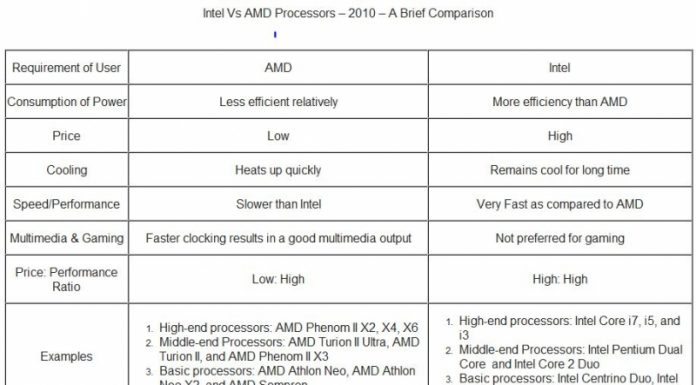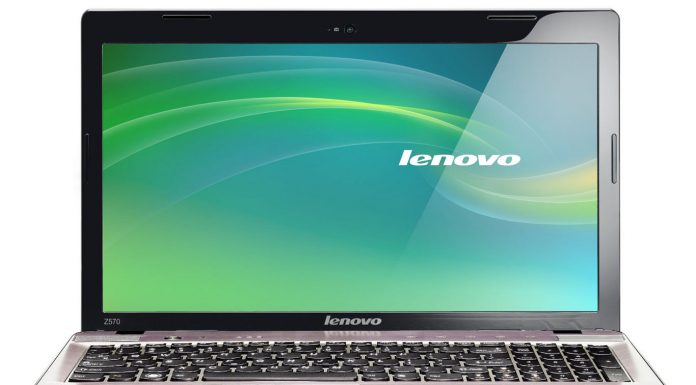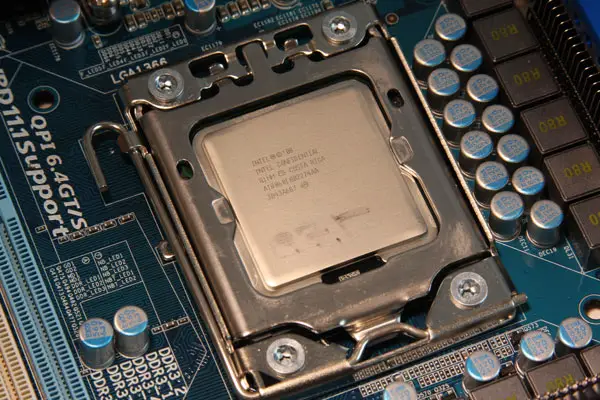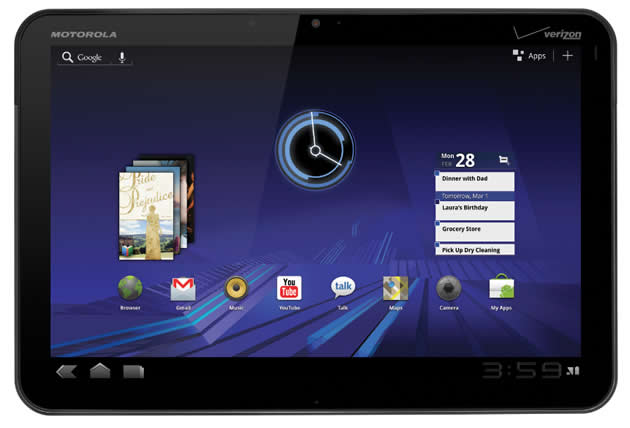Memory (RAM) – a brief buyer guide
When we come to upgrading a PC, the most-often upgradeable part, comes to our mind is the memory. This is because a huge performance increment can be gained by just increasing the memory, rather than changing the processor or the hard drive.

This is because memory is the way, by which processor talks with the CPU, and the Northbridge. Since huge amount of data flows between them, memory plays an important part, in speeding up the process. Just upgrade the RAM from 1 GB to 2 GB in windows 7, and you will see the performance difference.
There is always an issue, what is the right amount of memory needed for a system. It used to be 512 MB some years ago. Now-a-days , 2 GB is the minimum requirement, for most of the software , even if you want to run Windows 7 on your PC , 2 GB is suggested for a better performance, even though, it will run on 512 MB or, 1 GB of memory. Some games demand even 3 GB, or 4 GB of memory.
Windows XP 32-bit edition, will not use more than 3.2 GB of RAM, even if you install more than that. If you want to utilize more than that, better upgrade your operating system to 64-bit, else stick to 3 GB memory.
Memory currently in use are the DDR2, and the DDR3 which comes in two flavors-800 MHz ,and 667 MHz(clock speed).DDR2 is officially out of production due to technology advancements and, DDR3 is taking the place. It is becoming the standard of the new era. DDR3 with a clock speed of 1800 MHz are out in the market. DDR3 has an issue with higher latency rates, thus DDR2 is still faster.

Is 1066 MHz memory faster than 800 MHz memory? The answer is no. it all depends on the latency. Latency is defined as wasted clock cycles. Clock speed and latency, are directly proportional. The higher the latency, the slower the memory is. So the relationship between them is inversely proportional.
Most vendors do not know much about the memory except its capacity. Memories too have premium, and lower brands. Big memory chip manufacturers, Micron, Hyundai, Kingston Samsung etc., don’t actually market memory directly. Even if the clock speed of the memories is same, there is difference between performance, over clocking capability, and stability between different chips. For an average PC user it is suggested to have a branded memory. Thinking about the factors, discussed above is not considered by an average user.
Intel has announced support for DDR3 platform, and to provide higher bandwidth, which will scale up to 2 GHz. However DDR2 is still at its place, as economical and speedy solution. Now-a-days, DDR3 is becoming much affordable, so it is suggested to upgrade the memory to 2 GB DDR3, if you are using windows 7 and, 3-4 GB DDR3 memory if you want to play game, and have a graphic solution as well. Using memory as dual-channel, is also an effective way, to speed up the system.

















